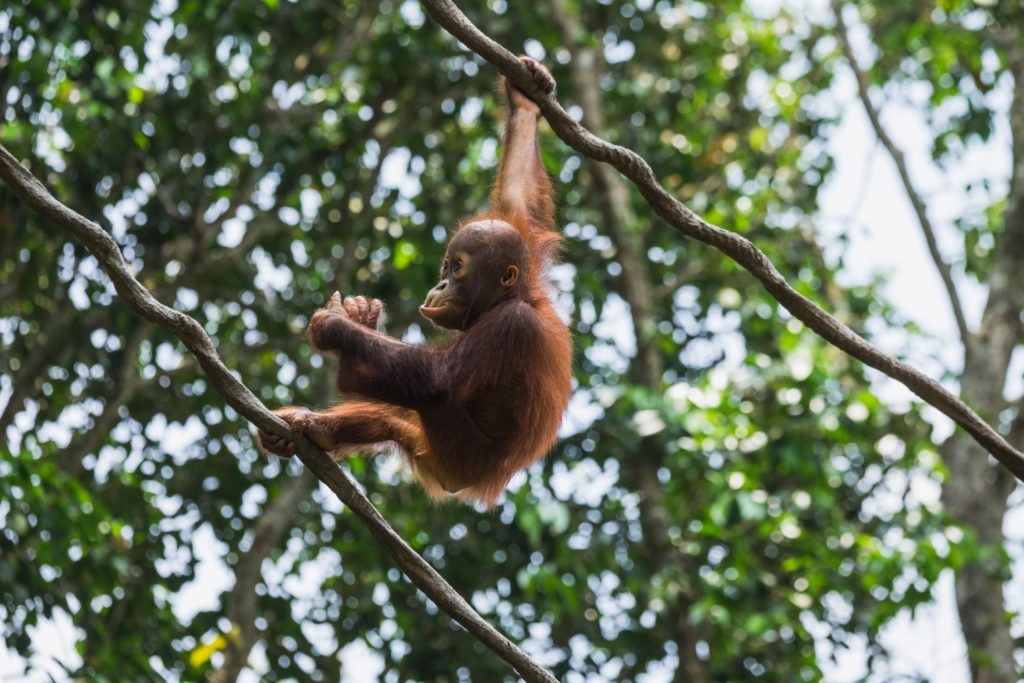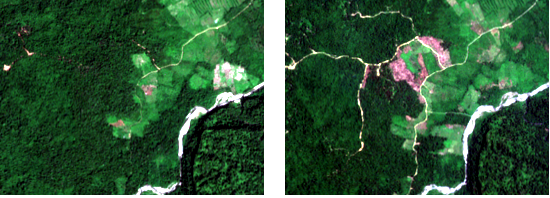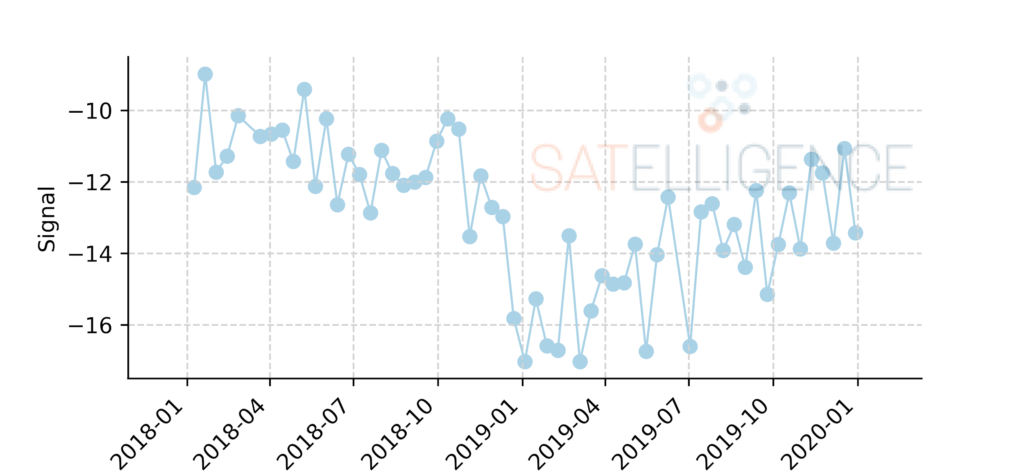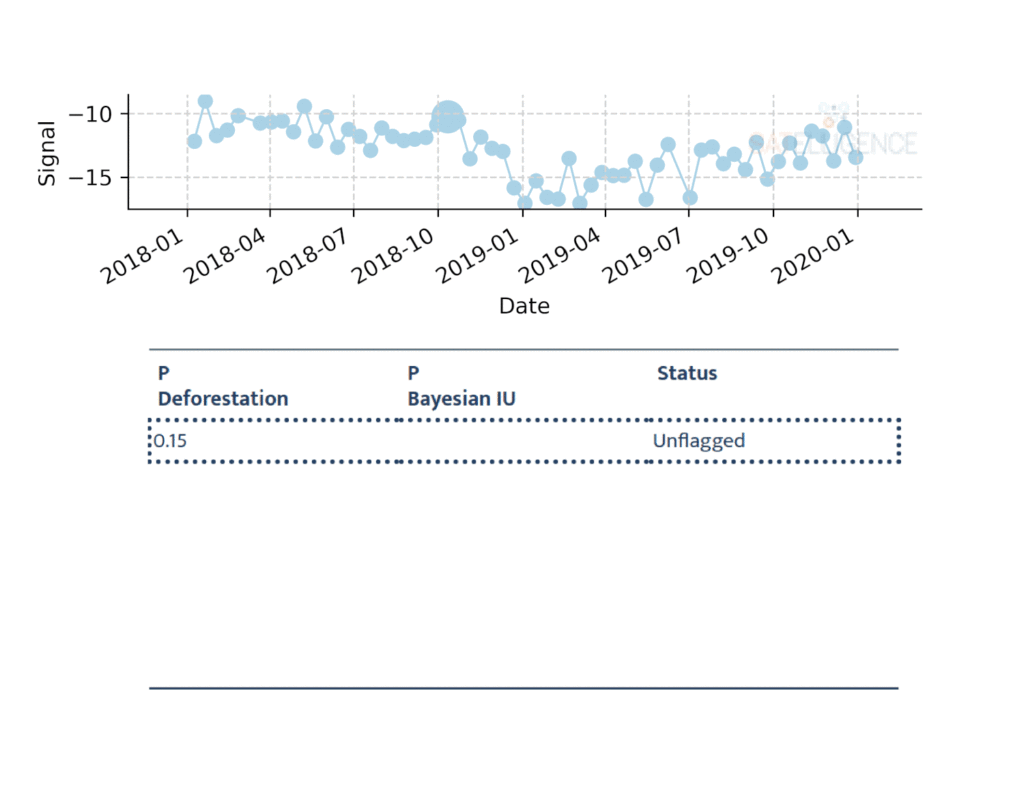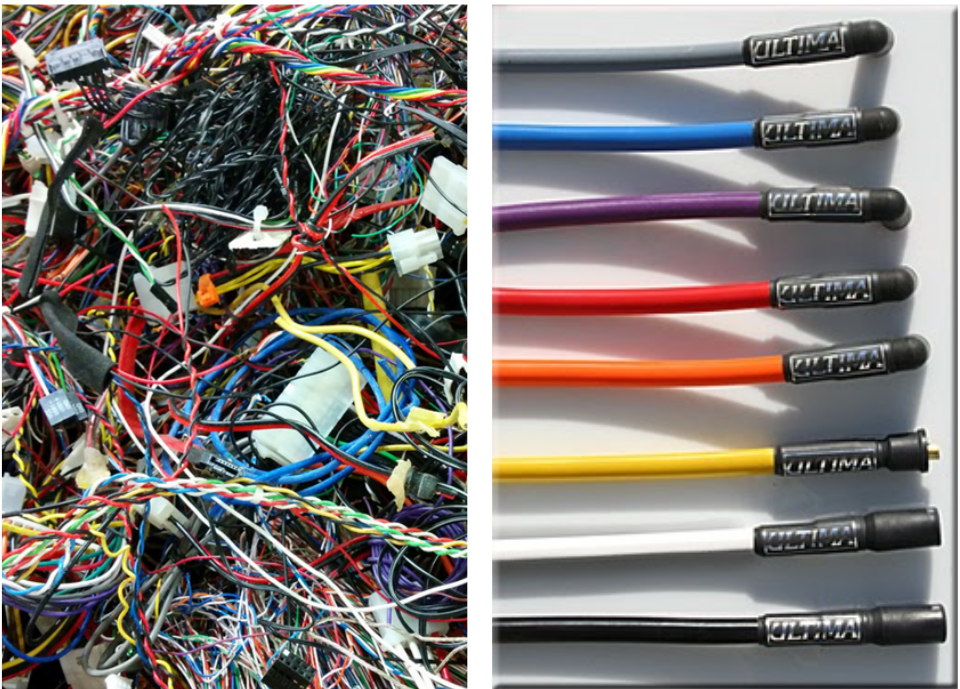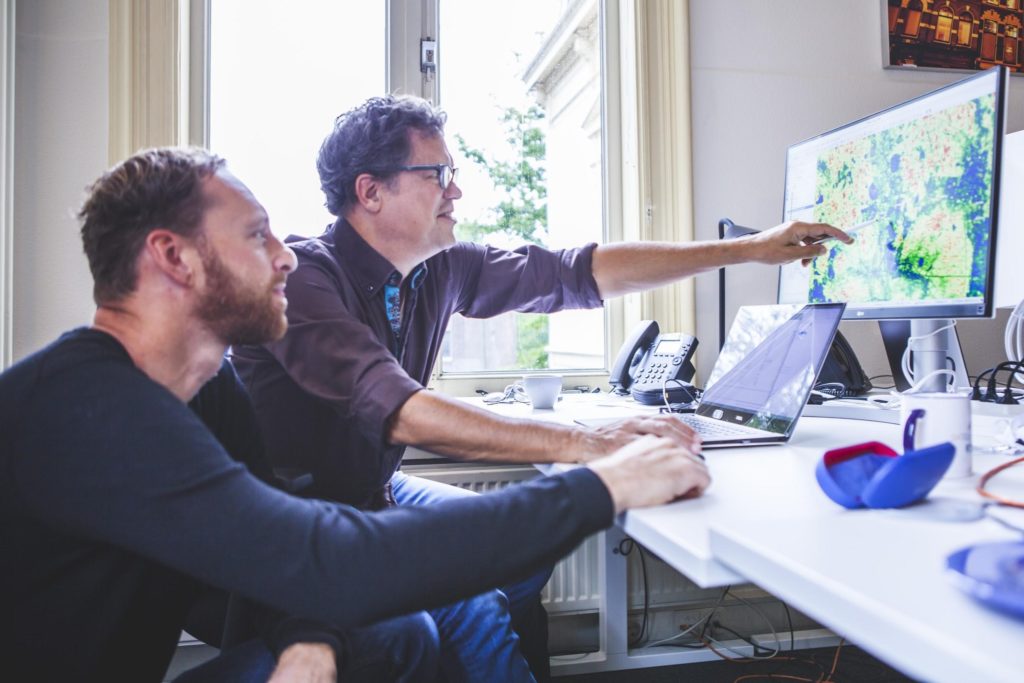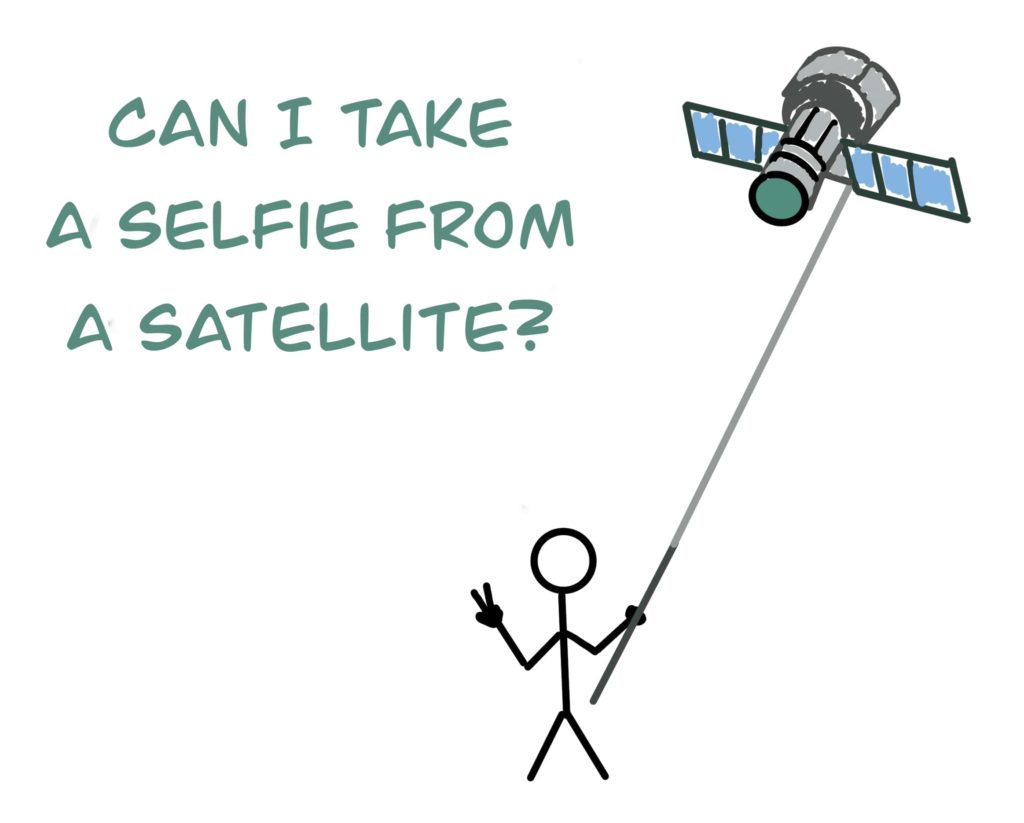
The obstacles holding satellite remote sensing from going mainstream
Imagine it’s the early 80s. You meet one of your geeky friends, and he tells you about this fantastic new tech he’s working on:
— So, we’re using a number of satellites in the orbit which allow us to give you your exact position on Earth at all times. We call it GPS.
You lost him right about when he mentioned “satellites” and “the orbit”, but you respond politely, unaware of all the tech goods to come:
— But, I know where I am and how is that different from simply using a compass and a map?
The conversation goes on, and you mostly forget about it the next day. Decades pass. 90% of the apps on your beloved smartphone use location information, and you meet your friend again in the adolescence of the 21st century:
— Now we have this satellite system, that allows us to take high-resolution images of any place on Earth every day!
Although you still shiver on the sound of the word “satellite” and the only resolution you know is from the “4K” label on your TV, you try to respond to the best of your tech capabilities:
— Right… so how is that different from Google Maps?

Satellite remote sensing vs. The Mainstream
Forgive me, for the potentially incorrect assumption my dear reader, but in that story above, you’re the mainstream. We, the EO sector, are this geeky friend of yours in the second part. The conversations like this happen frequently, and that’s what a lot of us struggle with these days.
Although we love to share what we do with everyone, our responsibility is to first communicate and educate the government, institutions, and businesses in every possible domain to take advantage of satellite remote sensing to improve their services. Hopefully, as a consequence, you’ll be positively impacted directly or indirectly without even noticing it.
However, this hardly is reaching the mainstream on the GPS-scale, as mentioned earlier, and the biggest obstacle holding EO from achieving that is still – the system. I don’t mean “The system” as a something-you-shouldn’t-trust way. I mean the earth-imaging satellite system.
The system
Let’s forget for a moment about different providers and which satellite belongs to whom because with the work done by spectator.earth and many others it will all be gone in some lets-hope-not-so-distant future.
We currently have around 800 EO satellites in orbit, with many more scheduled for launch in coming years. If everything goes as planned and some sudden, unexpected event doesn’t strike the global economy (yes, I wrote this beginning of March 2020), the number of the satellites should at least double in the next decade.
Different resolutions, different orbits. As far as frequency is concerned, if we exclude geostationary satellites, you can image any area on our planet multiple times a day with decent resolution. However, even if we successfully integrate them all, it’s still hardly a constant stream of information which is what we’re all used to these days. If we want an average person to take advantage of satellite imaging, the use of it has to so frictionless and straightforward, that people can come up with applications we would never think about.
Accustomed to all other technologies that are much more real-time, people would expect from all the space-buzz words that you can pretty much monitor any area you want with centimeter accuracy at all times.
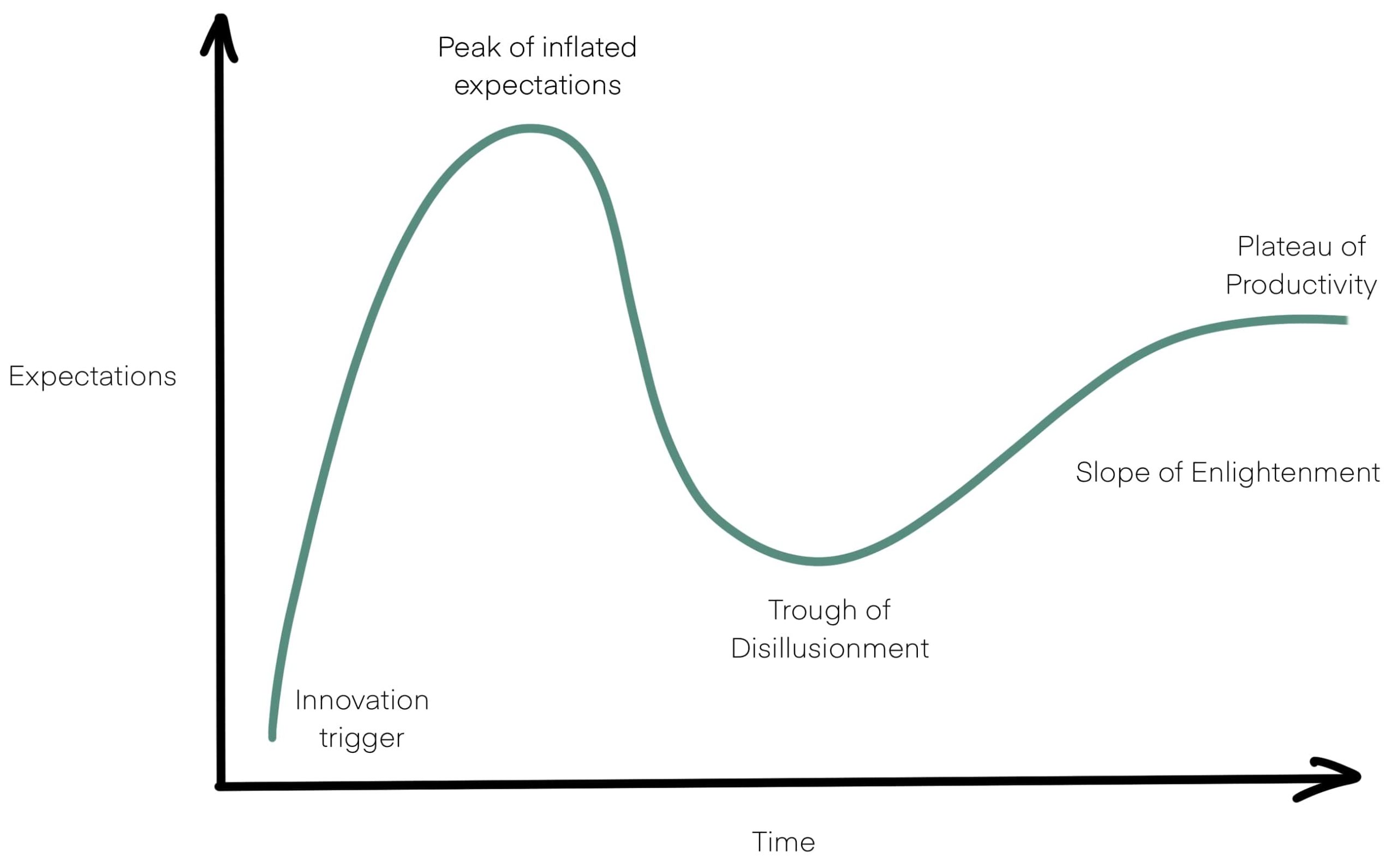
We won’t meet those expectations very soon. One because of the technology and its cost and second because of the regulations. I’m pretty sure you wouldn’t be so happy to know anyone can visually track you in real-time anytime he wants.
So, where is the boundary? Is there a technological barrier luring from the future or is it going to be a regulatory or economic one and we’ll eventually hit the wall?
Future of satellite remote sensing will be exciting, judging by the pace it’s moving now, but depending on the how we steer this development and regulations enforced to attenuate its progress it may never reach its full mainstream potential.
If you enjoyed this article, read more and subscribe to our monthly newsletter!



